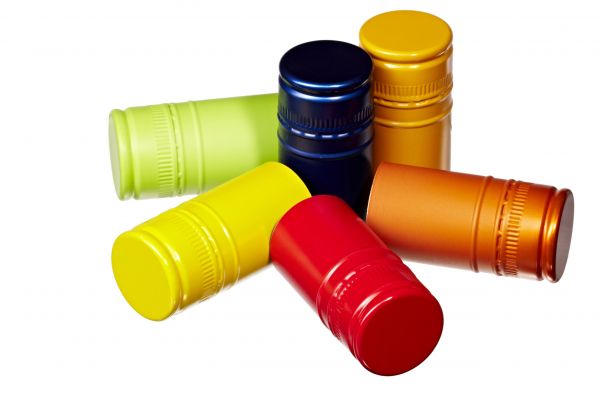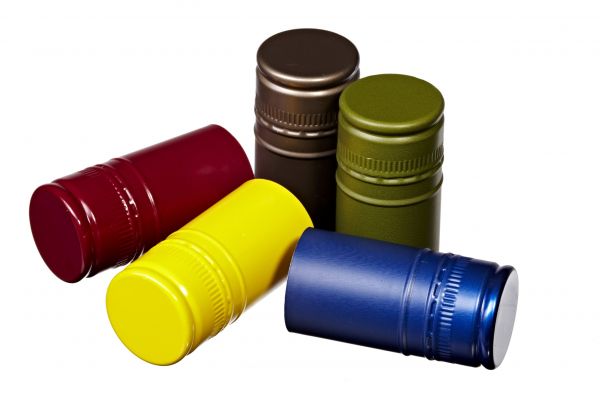

Sustainability
The Life Cycle Assessment (LCA) for Wine
Wine uses many valuable resources during its production, even before it is put into the bottle. Water, energy and fertilizers are all vital elements in its creation. Then, of course, the packaging (in this case the bottle and closure) has to be `added’ to the list of things an LCA must account for. It must focus on sustainability, but also must do its job. So any difference in product wastage and spoilage as well as materials suitable for recycling must also be included.
The environmental impact from packaging is generally far lower than that from an increase in product loss. In the case of a cork stopper the impact of wine loss is by far larger than the impact of the cork stopper material itself for all examined life cycle assessment categories. A figure of between 2 and 5% spoilage is estimated, often due to TCA (2,4,6-trichloroanisole), one of the chief causes of cork taint.
Aluminium closures have the lowest overall environmental impact when the whole life cycle of a bottle of wine is considered. This is because they significantly reduce the risk of spoilage. When comparing the two wine closure systems (cork stopper and aluminium closure) the aluminium closure has the lowest overall environmental impact … and the quality of the wine is better preserved.


In the LCA various different recycling scenarios for the aluminium closures were investigated: 100% material recycling, 100% incineration and 100% landfill. They all demonstrate the advantageous behaviour of aluminium closures even in comparison with a scenario of 100% cork stoppers recycling.
